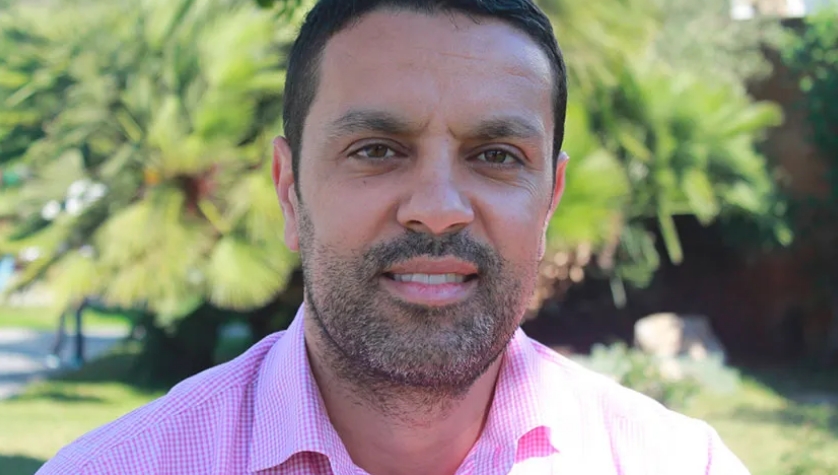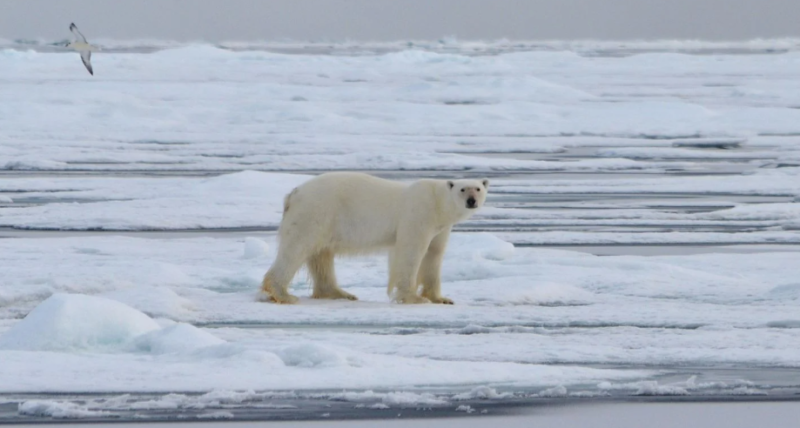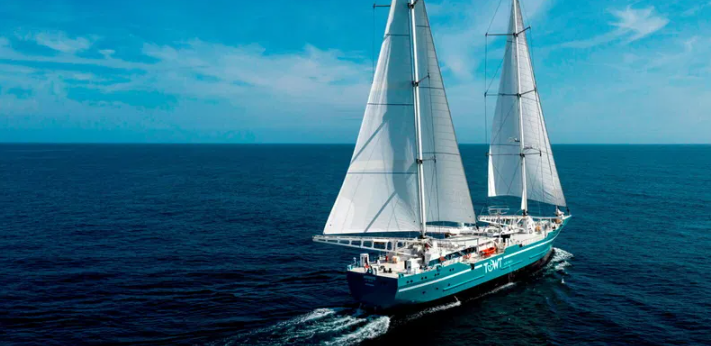Ahead of the African Conservation Forum, scheduled from the 24th to the 28th of this month in Nairobi, Kenya, Maher Mahjoub, Director of the Centre for Mediterranean Cooperation of the International Union for Conservation of Nature (IUCN-Med), revealed in an interview with TAP agency that African biodiversity faces increasing threats endangering many unique ecosystems and species on the continent.
Firstly, what are the objectives assigned to this first regional conservation forum?
IUCN’s regional conservation forums bring together governmental and non-governmental members, representatives from its seven commissions, regional advisors, and IUCN Secretariat members to discuss biodiversity conservation and sustainable development challenges. Specifically, these forums facilitate discussions on conservation issues within regions, present and debate the preliminary version of IUCN’s 2026-2030 work program, and prepare for the world’s largest conservation event, the IUCN World Conservation Congress, scheduled for October 2025 in Abu Dhabi.
Within IUCN, do you have a clear idea of what needs to be prioritized in African conservation efforts?
Our common goal is to conserve natural resources and biodiversity while ensuring the well-being of local populations in the face of climate change and its impacts. The IUCN Secretariat acts as a facilitator for its members, enabling them to implement their regional and international commitments related to biodiversity, climate change, and sustainable development goals.
Could you provide examples of successful conservation projects or nature-based solutions in Tunisia, Africa, or the Mediterranean region?
Nature-based Solutions (NbS) are a key priority for IUCN-Med, notably through its « Mubadarat » strategy supporting civil society. Among current projects supported by our civil society support programs, 14 prioritize NbS implementation. For instance, in Tunisia, an association collaborates with date palm farmers to transform monoculture oases into diversified ecosystems. By introducing a three-tiered vegetation cover, they promote biodiversity, limit the spread of a palm pest mite, and enhance farmer incomes through value-added palm products and composting. Studies show this method increases carbon storage, reduces temperature extremes, and mitigates palm mite-related production losses. In Morocco’s Khenifra National Park, an all-women association produces biochar from agricultural waste to enhance local farming. By enriching soils and storing carbon, they improve yields while reducing deforestation.
On the Kerkennah Islands, a Tunisian archipelago, two projects supported by the Small Grants Programme for Civil Society Organizations in North Africa (PPI Oscan) and TransCap (aiming to improve Mediterranean living conditions through environmental conservation) revitalize the traditional « Charfiya » fishing method, recognized as UNESCO intangible cultural heritage. This NbS fishing method uses palm leaf walls on seabeds to guide fish into nets, allowing non-compliant fish to be released. By preserving this sustainable method and promoting biodiversity, the initiative enhances local livelihoods and combats rural exodus.
These examples illustrate how nature-based solutions effectively address environmental and socioeconomic challenges while enhancing community resilience and biodiversity conservation.
In your opinion, to what extent do nature conservation projects contribute to combating climate change?
Conservation projects play a crucial and diverse role in combating climate change. Firstly, they contribute to preserving and restoring natural ecosystems such as forests, wetlands, and marine seagrass beds, which are crucial carbon sinks. By absorbing carbon dioxide, these ecosystems help mitigate climate change effects. Moreover, conservation projects bolster local community resilience against climate impacts. For example, protecting forests and coastal wetlands can reduce flood and erosion risks, while sustainable land management can prevent desertification and enhance food security.
Nature-based solutions, through blue economy deployment, agroforestry, or urban green infrastructure, offer natural and effective means to adapt to climate change. They also provide significant co-benefits such as biodiversity conservation, water security, and disaster risk reduction.
What are the main challenges facing the Mediterranean region, and what achievements are you most proud of at IUCN-Med?
Key challenges include natural ecosystem degradation due to urbanization, pollution, and climate change. Hence, reconciling economic development needs with environmental conservation and enhancing local actors’ capacities for sustainable natural resource management are essential.
Among achievements, we’re proud of our decade-long work with civil society. Through initiatives like the « Mubadarat » strategy, we’ve supported 125 civil society organizations via flagship programs such as PPI Oscan and TransCap. This financial and technical support enabled these organizations to implement on-the-ground biodiversity conservation projects and enhance local resilience to climate change. Success in these programs has attracted new funders, expanding our initiatives from Morocco to Egypt.
How do you see the fate of biodiversity in Africa, and how can we reconcile nature protection with development?
The fate of African biodiversity is both concerning and hopeful. African biodiversity faces increasing threats endangering many unique ecosystems and species on the continent. However, there’s potential to reverse these trends through targeted conservation efforts and stakeholder mobilization.
To achieve these goals, promoting nature-based solutions that leverage ecosystem services to meet human needs, strengthening local civil society organizations’ capacities for active natural resource management, and collaborating with various stakeholders including governments, private sector, local communities, and international organizations to create synergies are crucial. Integrating conservation policies into national and regional development plans involves close collaboration with governments to align conservation goals with economic and social development priorities.




